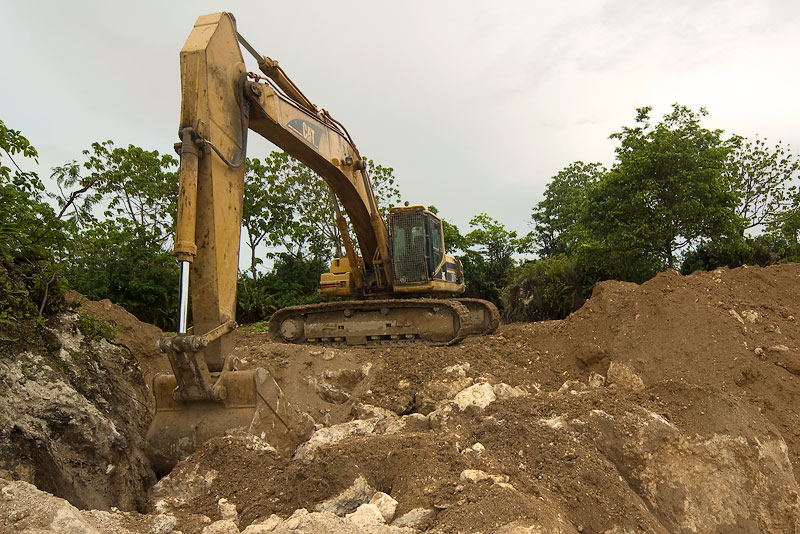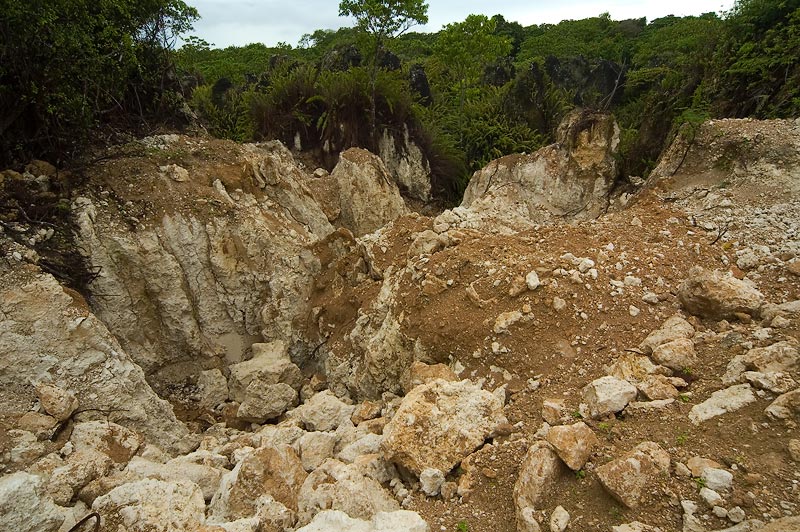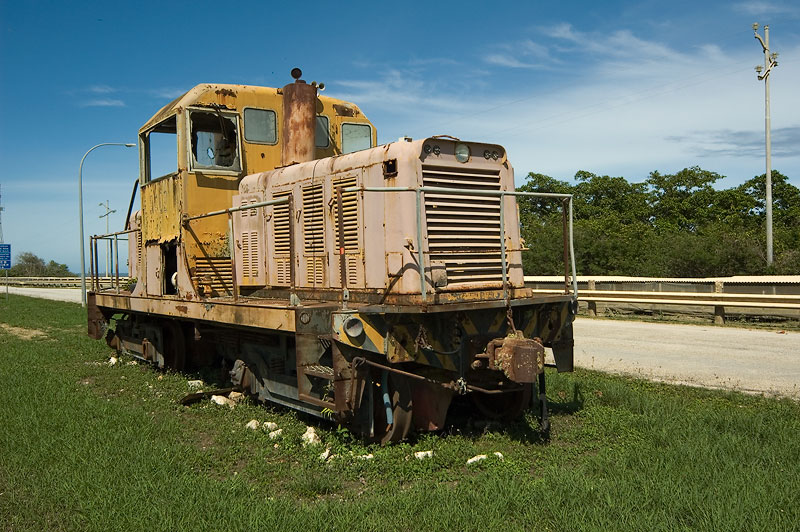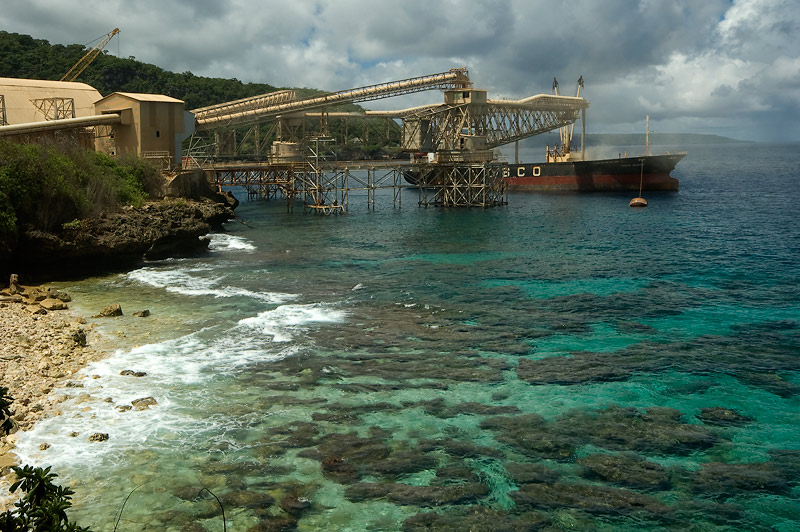Phosphate mining was the very reason why Christmas Island was permanently settled in the first place, and today is still the most important industry of the island. The first extensive exploration of Christmas Island was in 1887, when a small party from HMS Egeria reached the summit of Murray Hill. It was this party that collected rock specimens of almost pure phosphate of lime that were to determine the future of the Island over the next century.


Following World War II, more workers were employed from Malaysia, Singapore and the Cocos (Keeling) Islands, to assist in re-establishing the mining operation and to build infrastructure. In November 1987, citing diminishing resources, low phosphate prices and industrial unrest, the Australian Government ceased mining and hence the start of the two year hiatus when no mining occured on Christmas Island.

On 26 September 1990, a lease providing for limited phosphate mining was signed between the Government and a private company, Phosphate Resources Limited (PRL). A subsequent lease was signed in 1997 for a further 21 years. This operation was limited to previously mined areas and a condition of the lease is that no more primary rainforest be cleared.
